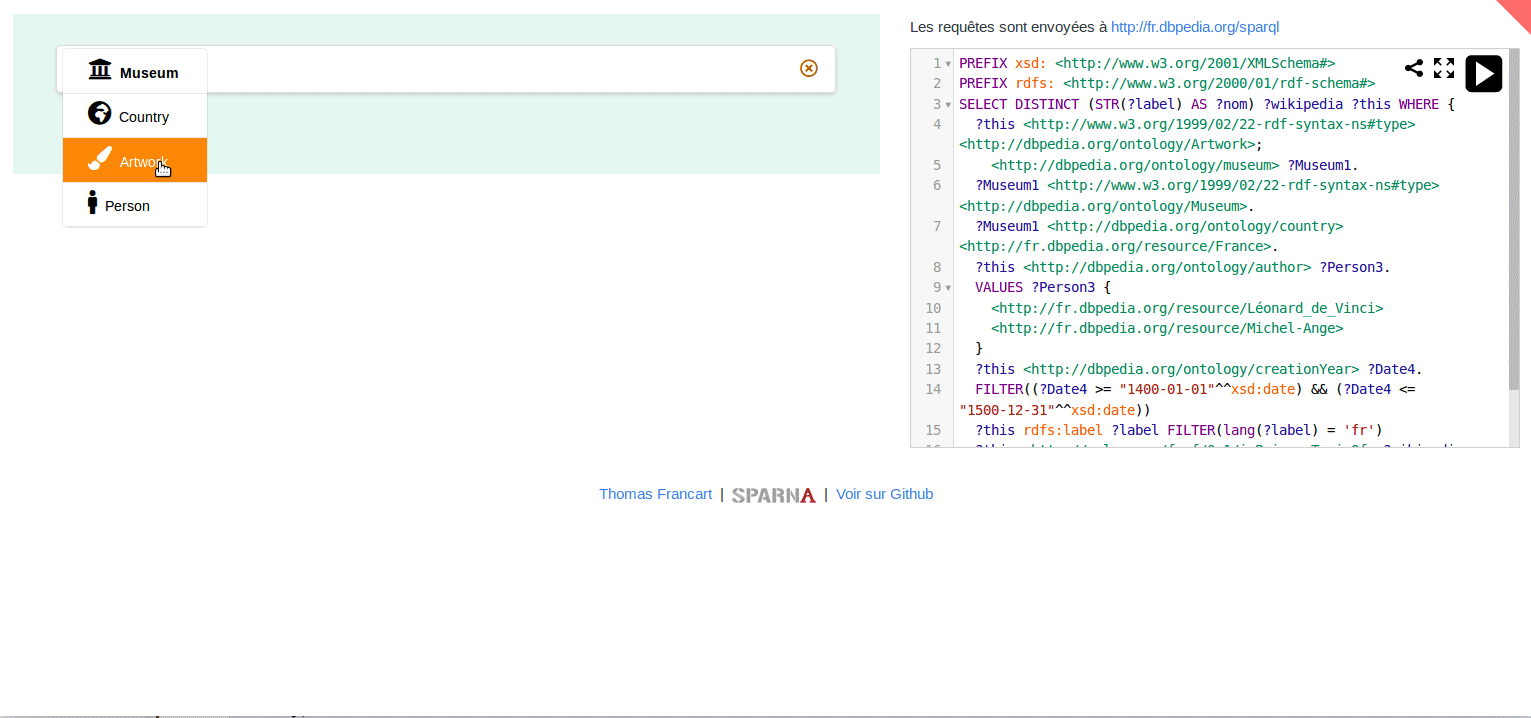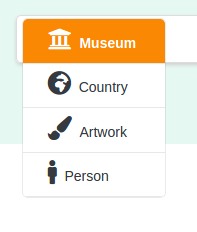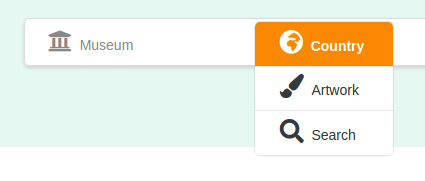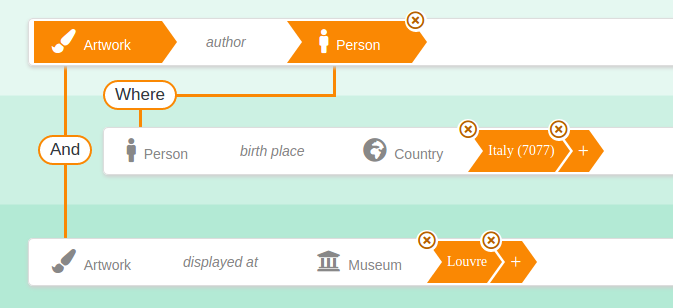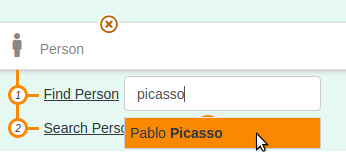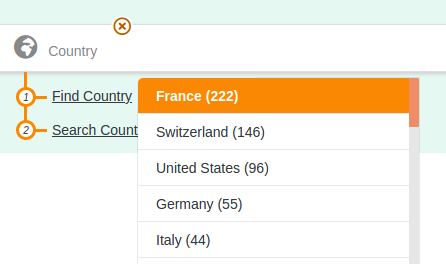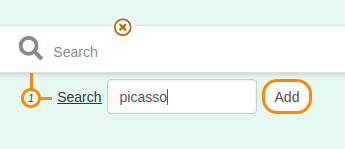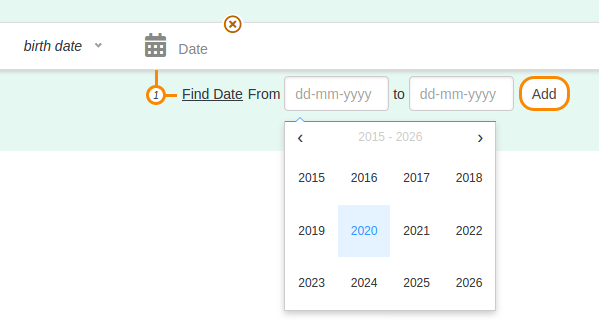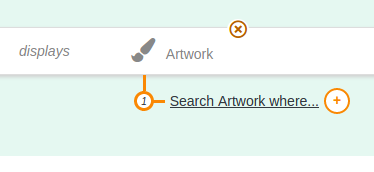Sparnatural is a visual SPARQL query builder written in javascript.
It supports the creation of basic graph patterns with the selection of values with autocomplete search or dropdown lists. It can be configured through a JSON-LD ontology file that defines the classes and properties to be presented in the component.
You can play with online demos at http://sparnatural.eu#demos.
To get started :
- Read the following documentation;
- Look at how things work in file
sparnatural-demo-dbpedia/index.html; - In particular look at how the specifications are written by looking at the source of
sparnatural-demo-dbpedia/index.html - Adapt
sparnatural-demo-dbpedia/index.htmlby changing the configuration and adapting the SPARQL endpoint URL;
Select the type of entity to search...
... then select the type of the related entity.
In this case there is only one possible type of relation that can connect the 2 entities, so it gets selected automatically. Then select a value for the related entity, in this case in a dropdown list :
Congratulations, your first SPARQL query criteria is complete !
Now you can fetch the generated SPARQL query :
This enables to navigate the graph :
Combine criterias :
Select multiple values for a criteria :
Sparnatural offers currently 6 ways of selecting a value for a criteria : autocomplete field, dropdown list, simple string value, date range (year or date precision), date range with a search in a period name (e.g. "bronze age"), or no selection at all.
This is useful when a type a of entity is used only to navigate the graph, but without the ability to select an instance of these entities.
Sparnatural is multilingual and supports displaying labels of classes and properties in multiple languages.
Sparnatural produces only basic graph patterns with VALUES. It does not support the creation of UNION, OPTIONAL, SERVICE, BIND, etc...
To send SPARQL queries to a service that is not hosted on the same domain name as the web page in which Sparnatural is included, the SPARQL endpoint needs to allow Cross-Origin Resource Sharing (CORS).
The component is configurable using a JSON(-LD) ontology file. Look at the specification files under the config folders of the demos to get an idea. The file contains :
{
"@id" : "http://dbpedia.org/ontology/Museum",
"@type" : "Class",
"label": [
{"@value" : "Museum", "@language" : "en"},
{"@value" : "Musée","@language" : "fr"}
],
"faIcon": "fas fa-university"
}, {
"@id" : "http://dbpedia.org/ontology/museum",
"@type" : "ObjectProperty",
"subPropertyOf" : "sparnatural:AutocompleteProperty",
"label": [
{"@value" : "displayed at","@language" : "en"},
{"@value" : "exposée à","@language" : "fr"}
],
"domain": "http://dbpedia.org/ontology/Artwork",
"range": "http://dbpedia.org/ontology/Museum",
"datasource" : "datasources:search_rdfslabel_bifcontains"
},It is possible to directly use font-awesome icons in place of icons embedded in your application :
"faIcon": "fas fa-user",Have a look at index.html in the demos folder to see how the component is integrated in a webpage.
Map classes or properties in the config to a corresponding SPARQL property path or a corresponding class URI, using the sparqlString JSON key, e.g. :
{
"@id" : "http://labs.sparna.fr/sparnatural-demo-dbpedia/onto#bornIn",
"@type" : "ObjectProperty",
...
"sparqlString": "<http://dbpedia.org/ontology/birthPlace>/<http://dbpedia.org/ontology/country>",
},
Then call expandSparql on the sparnatural instance by passing the original SPARQL query, to replace all mentions of original classes and properties URI with the corresponding SPARQL string :
queryString = sparnatural.expandSparql(queryString);
